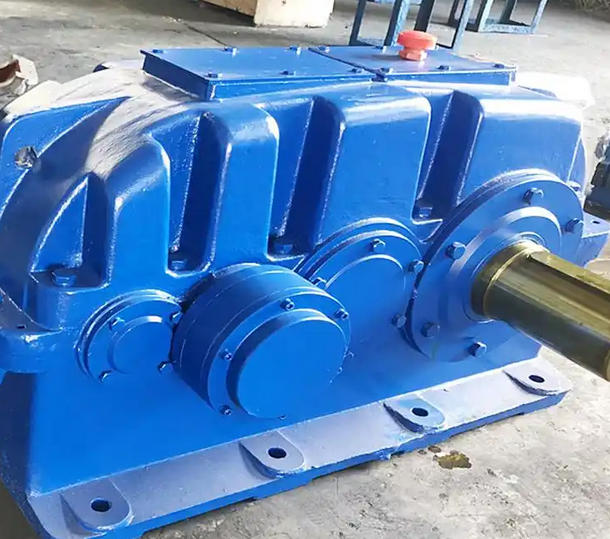What is the reason for ensuring the levelness of the motor and gearbox when installing ZSY450-90-III gearbox
When installing ZSY450-90-III reducer (a large hard tooth surface cylindrical gear reducer commonly used in high torque and high-power transmission scenarios), strictly ensuring the levelness of the motor and reducer is the core prerequisite for ensuring the long-term stable, efficient, and safe operation of the entire transmission system. Its essence is to avoid a series of chain failures caused by "non design forces" by controlling the installation posture of the equipment. The specific reasons can be explored from the following six key dimensions:1、 Provide basic guarantee for precise control of "coaxiality"
Motor shaft and gearbox input shaft
Coaxiality is the lifeline of the transmission system
And levelness is a prerequisite for achieving coaxiality standards:

If the reducer or motor has a significant tilt (excessive levelness), the two axis centerlines will inevitably form a "spatial angle" or "radial offset". Even if the coupling is forcibly aligned during installation, the coaxiality error will implicitly exist due to the tilt of the equipment's own posture.
During operation, the "gravity bias load" generated by tilting will continue to pull the shaft system, causing the coaxiality error to gradually increase over time, leading to problems such as coupling wear and bearing bias load.
Only when the levelness of both is qualified, can precise control of coaxiality (usually requiring ≤ 0.05mm) be achieved by adjusting the motor position (shim adjustment), ensuring smooth transmission of force along the axis centerline direction.
2、 Prevent abnormal wear and failure of the internal gear system of the reducer
The ZSY450-90-III reducer is a multi-stage hard tooth surface gear transmission, and the gear meshing accuracy directly determines its service life and transmission efficiency. Levelness is the key to ensuring normal gear meshing:
Uniformity of force distribution in gear meshing: Failure to meet the levelness standard can cause the gearbox base to tilt, resulting in a "bending deformation trend" of the internal gear shaft. During gear meshing, "unilateral contact" occurs (rather than full tooth width contact), leading to stress concentration on the tooth surface contact (local stress may exceed 2-3 times the design value).
Accelerated tooth surface failure: Concentrated stress can cause early wear of the tooth surface (such as abrasive wear, adhesive wear), fatigue pitting (tooth surface peeling), and long-term operation can also lead to serious faults such as root cracks and tooth breakage. The hard tooth surface gear of ZSY450 reducer has high manufacturing cost and long replacement cycle. Once it fails, it will cause significant production losses.
Maintaining transmission accuracy: Qualified levelness can ensure stable gear meshing backlash, avoid output speed fluctuations ("loss of rotation" or "uneven speed"), and meet the high transmission accuracy requirements of downstream equipment (such as mining crushers and metallurgical coilers).

